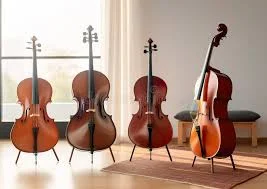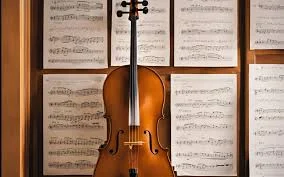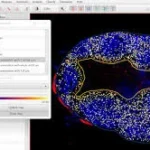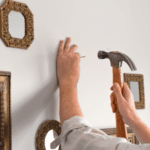When it comes to tracking the progress of cello students, a studio chart is an invaluable tool for both teachers and students. It provides a clear overview of the student’s accomplishments, goals, and areas needing improvement. In this article, we will explore what a studio chart for cello looks like, its components, and how it can enhance the learning experience.
Understanding the Studio Chart Concept
What is a Studio Chart?
A studio chart is a visual representation used by music teachers to monitor the progress of their students. For cellists, it can serve as a comprehensive record of lessons, techniques, repertoire, and performance milestones. The chart not only tracks achievements but also helps in setting future goals.
Importance of a Studio Chart
The use of a studio chart is crucial for several reasons:
- Tracking Progress: It allows both the teacher and student to see how much progress has been made over time.
- Goal Setting: A studio chart helps in identifying specific skills or pieces to focus on in future lessons.
- Motivation: Seeing tangible progress can motivate students to practice more diligently.
Components of a Studio Chart for Cello
Student Information Section
A typical studio chart begins with a section dedicated to student information. This may include:
- Name of the Student
- Age and Grade Level
- Date of Enrollment
- Contact Information
This section helps teachers maintain organized records for each student.

Lesson Logs
One of the key components of a studio chart for cello is the lesson logs. This section typically includes:
- Date of Each Lesson
- Topics Covered: Specific techniques, pieces, or scales that were focused on.
- Homework Assigned: Assignments given for the next lesson.
Repertoire Tracking
Tracking repertoire is essential for any musician. This section includes:
- Pieces Learned: Titles of pieces the student has mastered or is currently working on.
- Performance Dates: Dates when pieces were performed, either in recitals or for assessments.
Skills Development
This area of the chart focuses on various technical skills. Some common elements include:
- Bow Techniques: Staccato, legato, spiccato, etc.
- Finger Techniques: Shifting, vibrato, and scales.
- Music Theory Understanding: Key signatures, time signatures, and note values.
Goals and Assessment
Setting goals is an integral part of the learning process. This section may include:
- Short-term Goals: Specific skills or pieces to focus on in the coming weeks.
- Long-term Goals: Broader objectives for the semester or year, such as preparing for a recital.
Comments and Feedback
A space for comments allows teachers to provide personalized feedback. This can include:
- Strengths: Areas where the student excels.
- Areas for Improvement: Specific skills that need more attention.
Example of a Studio Chart for Cello
To give you a clearer picture of what a studio chart for cello looks like, here’s an example layout:
| Student Information | |
|---|---|
| Name | Jane Doe |
| Age | 12 |
| Date of Enrollment | September 1, 2023 |
| Lesson Logs | |
|---|---|
| Date | Topics Covered |
| September 5, 2023 | Introduction to Cello |
| September 12, 2023 | Basic Bow Techniques |
| Repertoire Tracking | |
|---|---|
| Pieces Learned | Performance Dates |
| Twinkle, Twinkle Little Star | December 15, 2023 |
| Skills Development | |
|---|---|
| Bow Techniques | Staccato |
| Finger Techniques | First Position Shifting |
| Goals and Assessment | |
|---|---|
| Short-term Goals | Master Twinkle Variations |
| Long-term Goals | Prepare for Winter Recital |
| Comments and Feedback | |
|---|---|
| Strengths | Excellent rhythm |
| Areas for Improvement | Work on vibrato technique |
Benefits of Using a Studio Chart for Cello
Enhanced Communication
A studio chart facilitates better communication between the teacher and student. It ensures that both parties are on the same page regarding progress and goals. Parents can also be included in discussions by reviewing the chart, helping them stay informed about their child’s development.

Personalized Learning
By keeping track of individual progress, teachers can tailor their lessons to meet the unique needs of each student. This personalized approach can lead to more effective learning and a greater sense of accomplishment.
Increased Accountability
When students see their progress documented, they are more likely to take ownership of their learning. A studio chart serves as a reminder of their commitments and the effort required to achieve their goals.
Conclusion
In conclusion, a studio chart for cello is an essential tool for both students and teachers. It provides a structured way to track progress, set goals, and offer personalized feedback. By understanding what a studio chart looks like and its components, cello students can make the most of their learning experience. Have you considered implementing a studio chart for your cello practice?










